Tea Country, Nuwara Eliya, The New Zealand Farm, and Ella, Sri Lanka
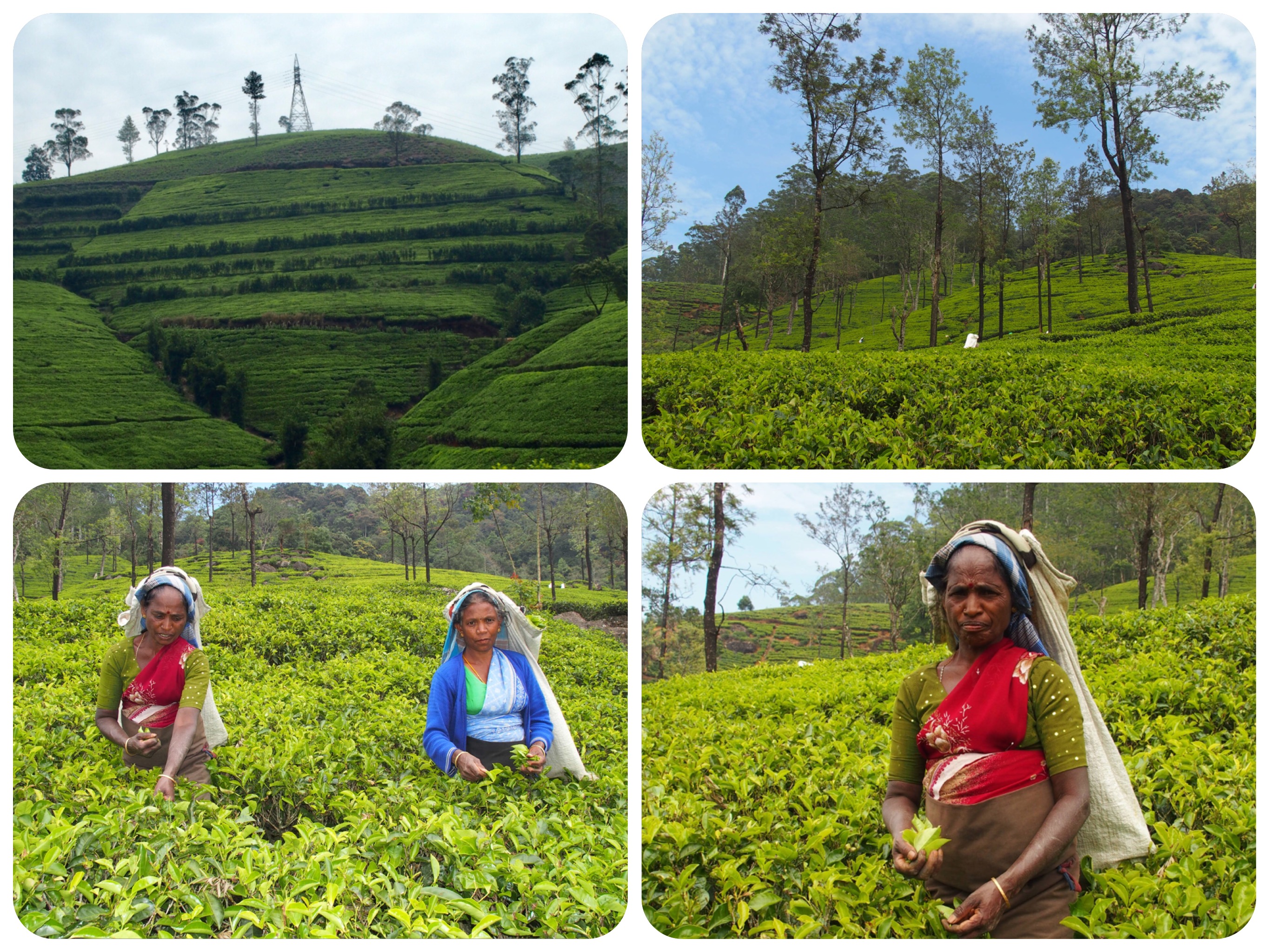


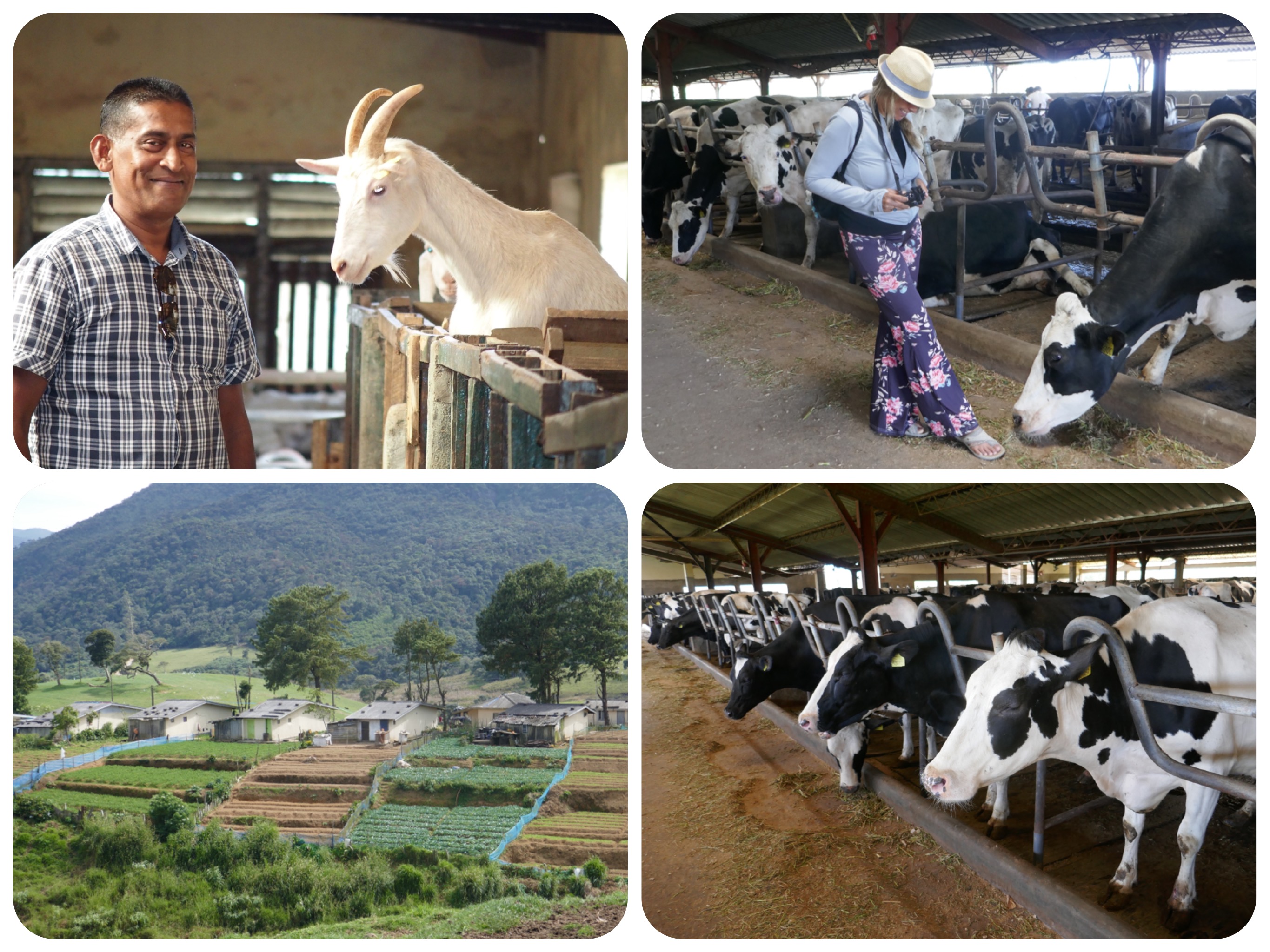


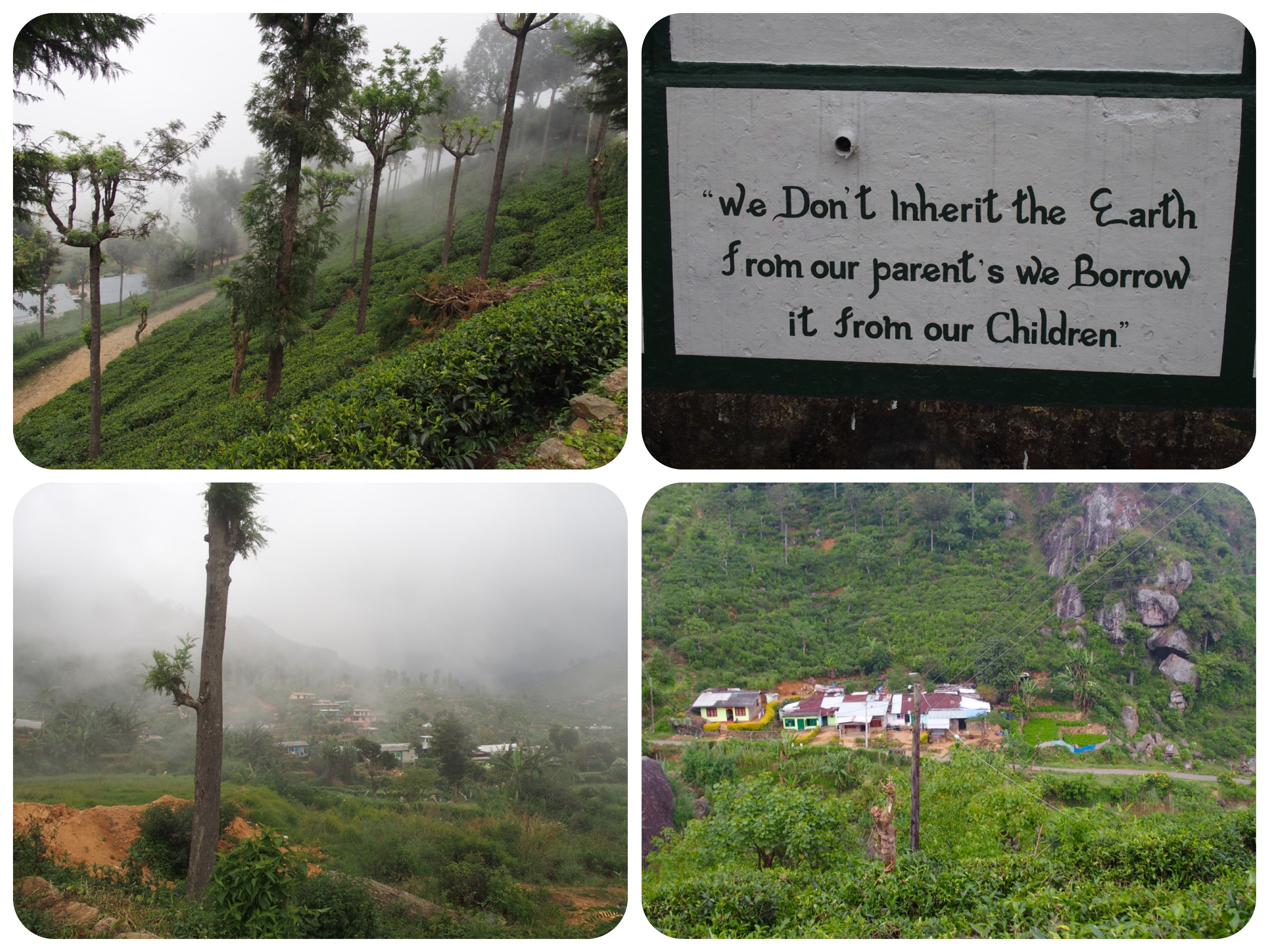


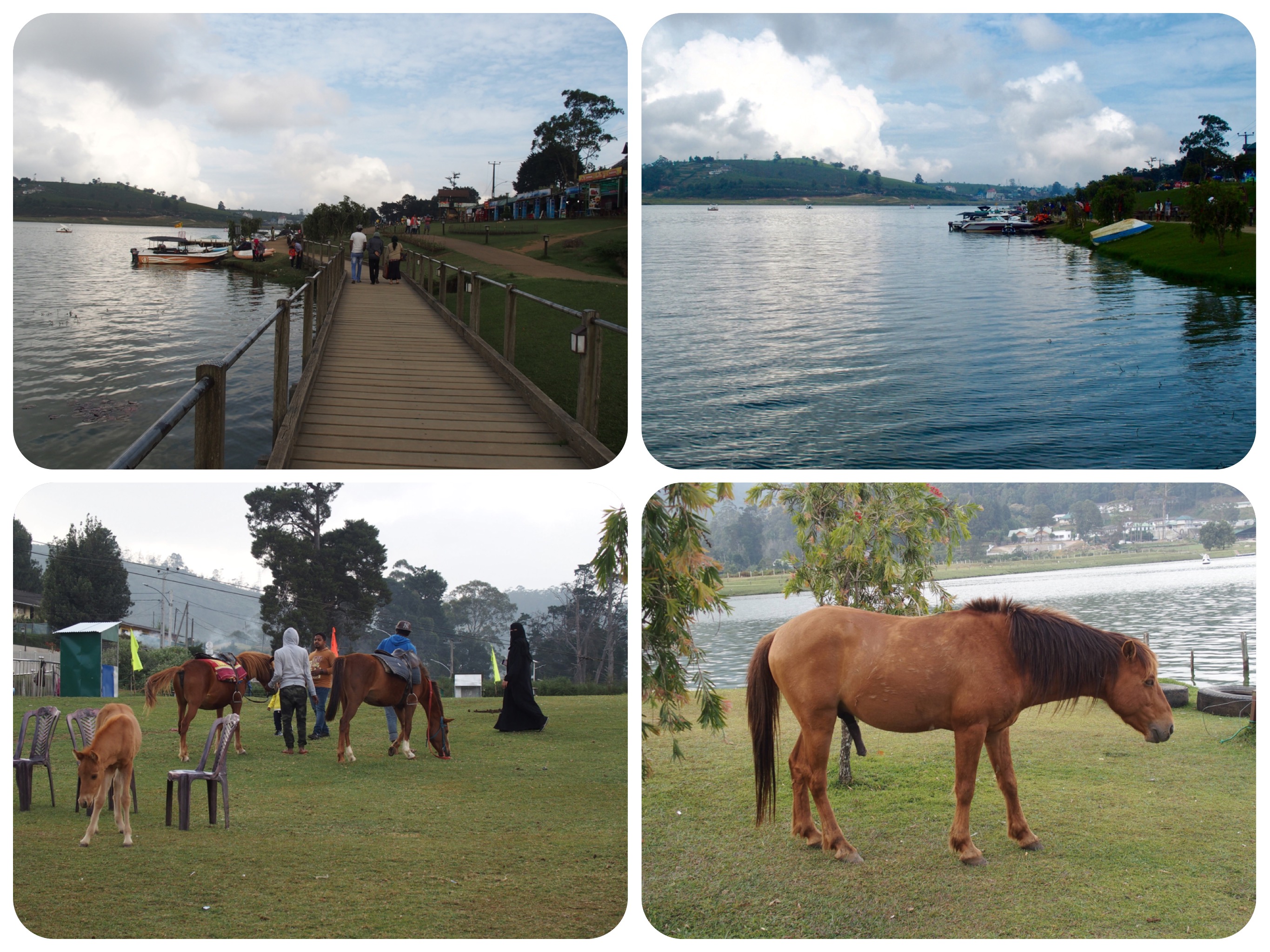

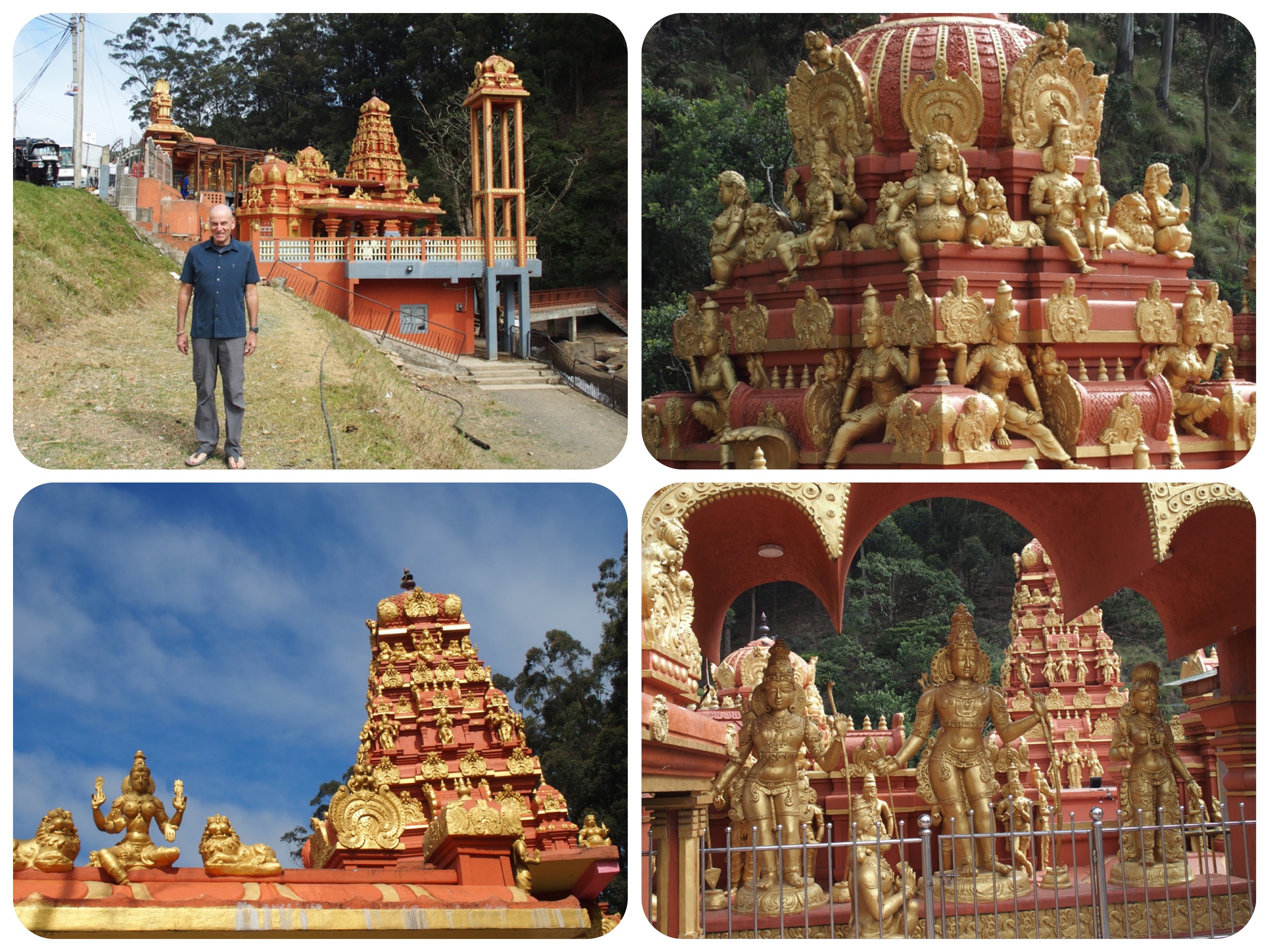
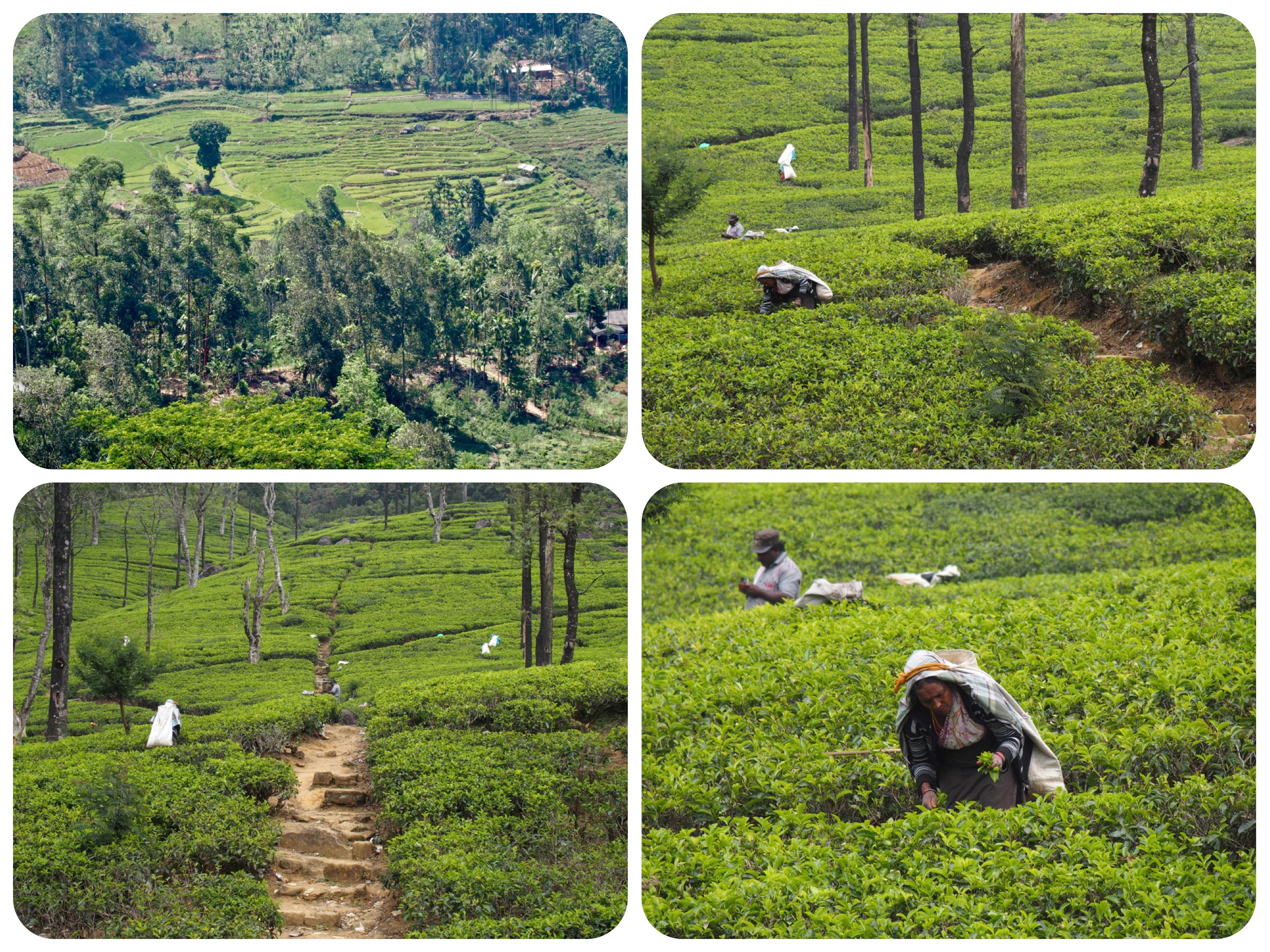


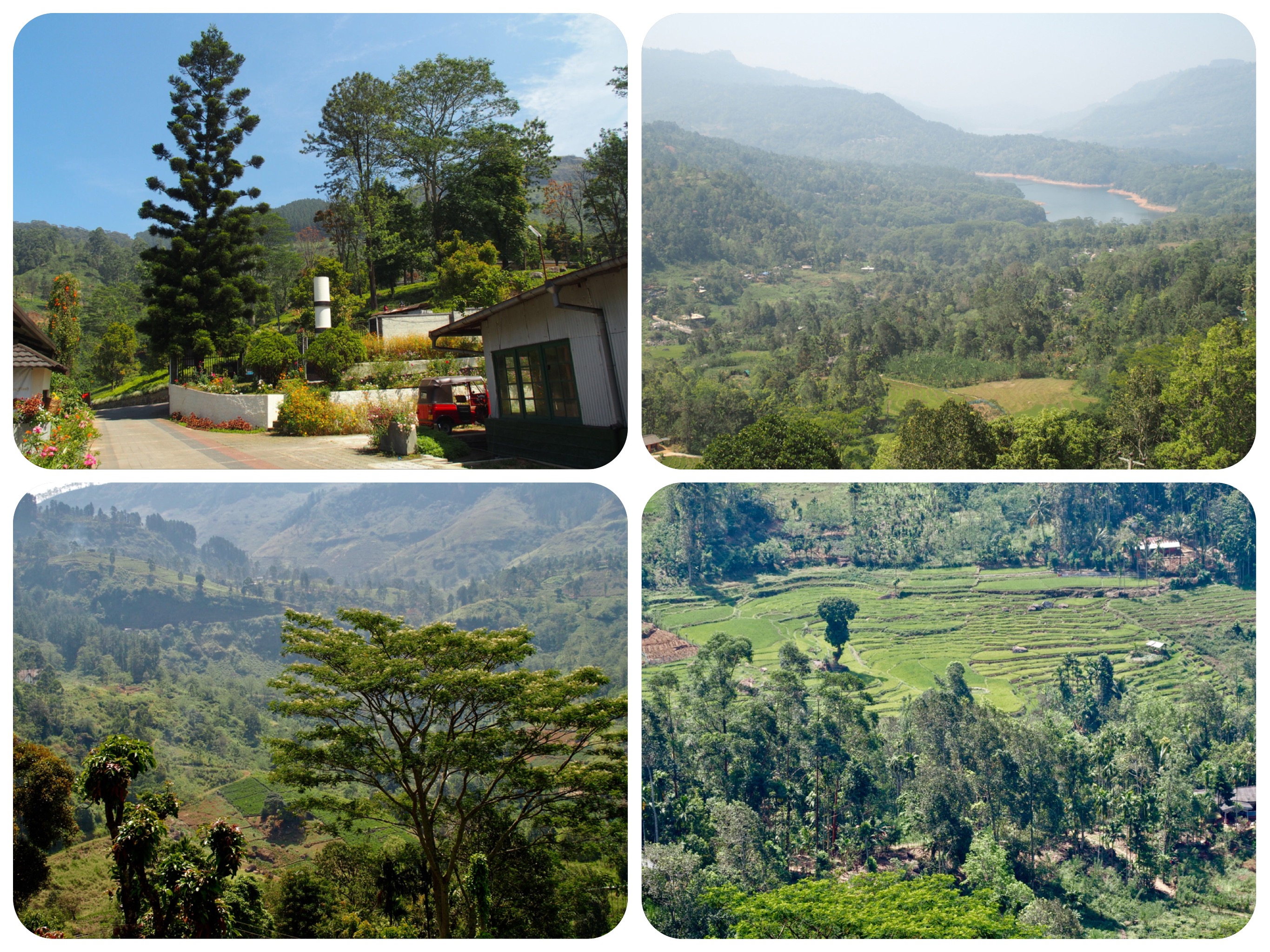




Tea Country, Nuwara Eliya, The New Zealand Farm, and Ella, Sri Lanka
The town of Nuwara Eliya is called the ‘Little England’ of Sri Lanka.
To get there, we drove through beautiful mountains, valleys, waterfalls and tea plantations stretching across steep green hills.
Along the way, we stopped in two of the tea factories, to see the process of tea production and to taste and possibly buy tea.
The scenic green tea plantations, with their well trimmed camellia plants blanketing the steep hills, are very beautiful.
The tea pluckers working in the fields, with their sacks attached to their heads and draping onto their backs, have a pastoral charm.
But visiting the tea factories was a bit of a charm killer.
The factories where they wither, dry and roast the tea, were large and rusty.
In one place, we were told that they employed over a thousand workers, most of them tea pluckers working in the fields.
A group of women from India wisely asked if these workers were on the payroll as official employees, or if they were just day workers.
The man showing us the factory, smiled sheepishly and said they were not on the payroll, but just day workers.
This means that they have no job security, no medical help and no benefits, and get paid little, only for the weight of the green tea leaves they can pluck and carry on their backs.
That amounts to no more than 600 rupees per day ($4).
Beside the unethical factory practices, it seems to me that the greatest effort goes into marketing the tea, not into the quality and taste of their product.
We asked to try the tea.
Every tourist on the island must have been there, grabbing nicely packaged tea as if it were going out of business.
I never like to buy tea without tasting it first, because we can source online fabulous loose leaf tea from China, Taiwan and Japan.
If I buy expensive new tea, I want to make sure that I like it first.
At one of the factories, we were ushered into the large cafe, and without asking us what we would like to taste, were given cups of tepid black tea.
It was BOP, which is a tea industry term for Black Orange Pekoe tea.
It had no taste.
I asked if we could try their green and the white tea.
The lady brought over two cups that did not look very clean, filled with tepid tea in two colors, light yellow and green.
Both had no taste.
I couldn’t believe it.
I looked at the factory shop right behind the glass walls of the cafe, and saw all the tourists stripping the shelves clean….. don’t they have taste buds to taste that it has no flavor and no aroma?….
We decided that if we go to visit another tea factory in Sri Lanka, it must be a Bio Organic premium, long leaf tea factory with ethical practices.
We did find one located in the middle of the hills, a long drive up rural unpaved roads.
The roads were so bad, that we had to leave our driver behind and climb to the factory a few kilometers up the mountain, on foot.
It was fun because we got to see village life, and to visit a tea factory that offers great facilities and benefits to its workers.
Nuwara Eliya is one of the coldest places on the island.
It has warm days, and pleasantly cool nights.
All around Nuwara Eliya, you will see evidence of the British Colonial influence.
Some houses were built like country cottages or in the wood and brick Tudor style.
Even though they call it Little England, I can assure you that no town in England looks like this, overcrowded with Tuk Tuks and stalls, shabby shops and grimy eateries.
On the other hand…. outside of town, Little New Zealand farms, donated to Sri Lanka by the NZ government, absolutely looks like you are visiting a farm in NZ.
All the vegetation native to NZ, including Ponga, NZ rainbow eucalyptus, and NZ ferns, can be seen there.
The vast green hills even had some of the same privets and weeds you can find in NZ.
There are free roaming cows that are brought back into the barns for milking, goats, rabbits and a small cheese factory which also makes yogurt.
At the factory cafe, we bought their local cheese and ate it with crackers.
Around Nuwara Eliya we also visited a strawberry farm, which grows small and tasty strawberries which they sell fresh or make into ice cream and smoothies.
Gregory lake is a small recreational lake in the city.
People come here to ride small horses, ride jet skis or take a boat ride.
But for us the most fun was the Grand Hotel in which we stayed.
It is a historical hotel in Nuwara Eliya, with a lovely high tea which we enjoyed, and comfortable rooms.
Their food, prepared by an army of chefs, was delicious.
From Nuwara Eliya, we drove around the mountains to see the tea plantations and the small town of Ella.
We passed by many more tea plantations, and as I mentioned before, we walked up the tea mountains near Haputale, and saw the lower level villages and the higher tea growing region, where clouds descended down on us as we walked.
Tea will grow only on rolling terrain, and it is classified by elevation into low growth elevation, medium growth elevation, and high growth elevation tea.
The history of Ceylon tea is relatively very recent.
Tea was first planted in Sri Lanka in 1824 at the Botanical Gardens, when a few plants were brought over from China.
More varieties were introduced from Assam, a famous tea growing state in Northeast India, in 1839.
In 1867, a Scottish man named James Taylor planted tea seedlings on eight hectares of forest land, in the Loolkandura Estate, about half way between Kandy and Nuwara Eliya.
In 1873, the tea export industry of Sri Lanka began, when a modest 23lbs of tea was shipped to London.
On the way to Ella, we passed by many waterfalls.
Due to the lack of rain, the flow of the waterfalls was low.
Ella is a backpackers’ town.
Usually, there is a good reason why many backpackers take over a town, but it is beyond me why they chose Ella.
Yes, the scenery around Ella is beautiful and they are very cheap places to stay, but the small town is a major construction zone with unbearable noise and dust.
There are a few shops and many eateries, catering only to the tourists.
I do not mind that.
I have been enjoying the fresh Sri Lankan food, but I also like to break up the dining on a long trip, and not to eat only Sri Lankan food all the time.
We drank fresh juices and ate banana roti with jaggery.
Perhaps the backpackers just dine and sleep cheaply in Ella, and use it as a base from which to explore the surrounding area…
I raise my tea cup with a heart full of blessings to you,
Tali

Beautiful photos and writing! We have been there just last week and it is really impressive!